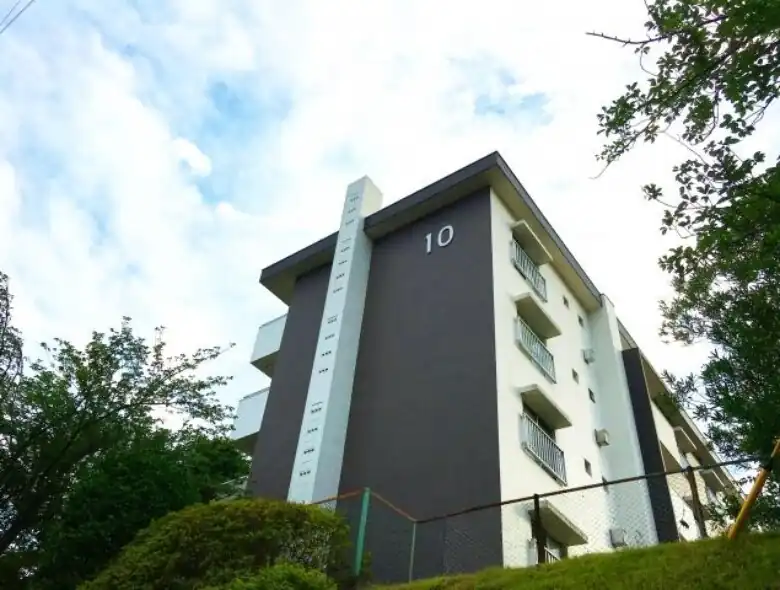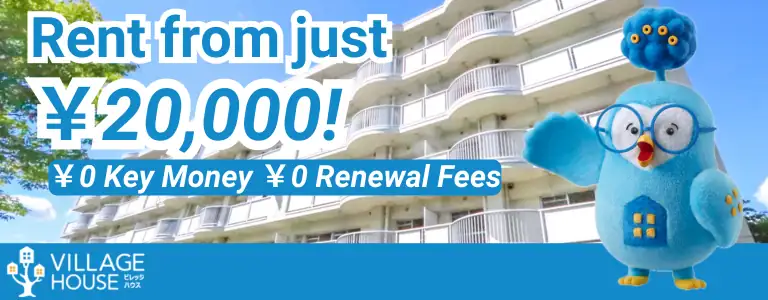When choosing a rental property, it’s important to consider not only the rent and floor plan but also the age of the building. This may come as a surprise to overseas visitors but unlike in some countries, such as the United States or England, in Japan homes are not considered investments that increase in value over time. Thus, it is fairly common for people in Japan to want a place that’s as newly built as possible. However, depending on the property, you may be able to find a wonderful room in an older building if you keep certain criteria in mind.
So, to help you in your search, this article will talk about the acceptable age range for older buildings in relation to your priorities, as well as key points to consider when searching for older properties. We hope this helps you in your quest to find your perfect space!
At Village House, we offer a selection of more than 1,000 attractive and reasonably priced properties throughout Japan. If you are considering a move, please have a look around our website!
What counts as an “old building,” exactly?

As you can imagine, the age of a building (referred to as “chikunensū”) is determined simply by the number of years that have passed since the day the building’s construction was completed. The term “newly built” (“shinchiku”) refers to properties that are less than 1 year old and have not been lived in.
After the one-year mark, buildings will no longer be regarded as “newly built” even if they continue to be unoccupied. Such buildings are often labeled as “unoccupied properties” (“minyūkyo bukken”).
That being said, there is no specific law that defines when a building should be considered relatively new or old. Therefore, labeling criteria can vary between real estate companies, but in general, properties that are 2 to 5 years old are referred to as “recently built properties” (“chikuasa bukken”), and properties that are over 30 years old are labeled as “old properties” (“chikufuru bukken”).
Want up-to-date features? Look for “newly built” or “less than 10 years old”
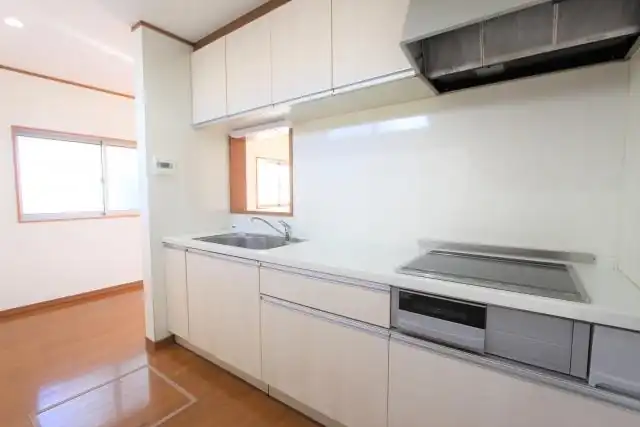
If you’re interested in newer technology like induction cooktops, locker-type delivery boxes, and electronic bidets, we recommend rentals that are less than 10 years old.
You can still find the above amenities in rentals that are over 10 years old, but keep in mind that properties that haven’t undergone any renovations will have older technology. In light of this, we recommend not only looking over the property listing but also viewing the space in person, and inspecting the condition of any fixtures or built-in appliances that matter to you.
For earthquake resistance, look for rentals that are “less than 21 years old”
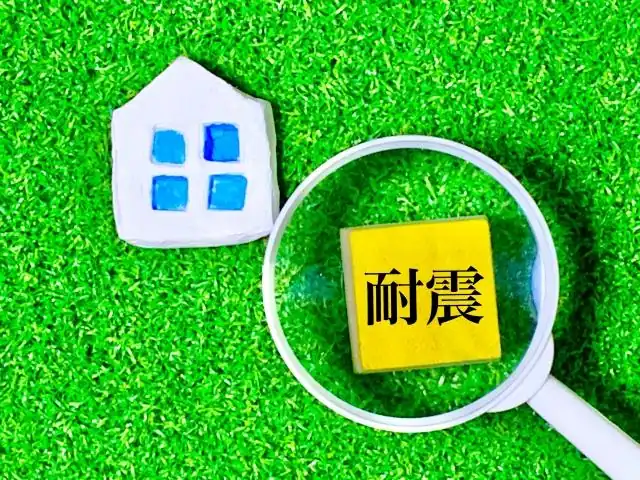
If earthquake resistance is important to you, we recommend renting properties that are less than 21 years old. These buildings have a higher likelihood of satisfying the building codes that were revised in the year 2000 and would be more resistant to earthquakes compared to older structures. More specifically, properties built after June 2000 are known to have strong seismic resistance, having been constructed to even withstand earthquakes with seismic intensities between upper 6 and 7.
To quickly illustrate, a seismic intensity of upper 6 to 7 is comparable to the seismic intensity measured in the city of Kobe during the Great Hanshin Earthquake of 1995. In view of this information, seeking out rentals that are less than 21 years old may provide more peace of mind when it comes to earthquake safety.
The Evolution of Earthquake Resistance Standards for Buildings:
| Building Standard: | Building’s Date of Construction: | Earthquake Resistance: |
| “Kyῡ-taishin” (refers to the Building Standards Act introduced in 1950, now known as the “Old Earthquake Resistant Standard”). | Before May of 1981. | Building can withstand seismic intensity of upper 5 without collapsing. |
| “Shin-taishin” (refers to the New Earthquake Resistant Standard Amendment, introduced in 1981). | Between June of 1981 to May of 2000. | Building can withstand seismic intensity of upper 6 to 7 without collapsing. |
| Year 2000 Standards (same as Shin-taishin but revised to include wooden structures). | After June of 2000. | Building can withstand seismic intensity of upper 6 to 7 without collapsing. |
*Based on 2024 data
In addition, RC (Reinforced Concrete) and SRC (Steel Reinforced Concrete) structures meet the “Shin-taishin” standards from 1981, so these types of buildings are considered earthquake-resistant if they are less than 40 years old. However, depending on the number of years it took for construction to be completed, there may be cases in which a building does not meet these standards. If you have any doubts, be sure to check with a real estate agent to confirm whether the property satisfies the new standards.
As a side note, the revision of the Building Standards Law in 2000 added the following four rules to the “Shin-taishin” standards in order to improve the seismic safety of wooden structures:
- Geotechnical investigation must be conducted to evaluate the ground’s stability.
- The foundation must be designed in accordance with the ground type.
- The joints of posts, beams, and braces must be secured with metal fittings.
- Eccentricity must be kept below 0.3 to ensure proper placement of load-bearing walls.
5 Key points to finding a great rental in an old building! The value of renovation and maintenance

Even if the property you find is considered “old,” a properly maintained room can make all the difference when it comes to living comfortably! Before deciding on a rental space, we recommend that you check to see how it compares to the five criteria described below.
- Large-scale seismic reinforcement work has been done within the past 10 years.
For structures that only comply with the “Kyῡ-taishin” (pre-1981) standards,
Japan has been advocating earthquake resistance evaluations and earthquake retrofitting. Local governments have developed support systems thanks to this effort, and as a result, we have seen an increase in rental properties that have undergone reinforcement work.
With proper upgrades you can still feel secure, so rather than focusing on the building’s age, be sure to check its construction history and to choose a rental property that resonates with you.
- The apartment has been renovated.
As a building gets older, it’s common to renovate a room’s interior and update some fixtures. Of course, the degree and scope of the renovation will vary from property to property. In some cases, only the room itself or a portion of its fixtures may be revamped, while in other cases the entire building may undergo full renovation.
For instance, an older living space could be beautifully revitalized by replacing a Japanese-style room’s tatami mats with hardwood flooring, or by remodeling a 1K unit into a spacious 1LDK layout. When browsing for rental properties, consider adding “renovated” (“リフォーム済み”) as a keyword to find ones that have been updated in some fashion.
An additional perk is that the rent for renovated properties tends to be relatively lower than that for newer properties because the buildings themselves are older. We recommend this option for those of you who want a clean and refurbished space while keeping living costs low.
- The property undergoes regular maintenance.
It’s a fact that buildings deteriorate over time. This does not pose a problem as long as proper repairs and improvements are being made, but it’s worth noting that there are still quite a few properties with inadequate maintenance.
With that in mind, you could carefully inspect the exterior and interior of a potential rental to check for leaks or cracks in the outside walls. If you can see that the roof or exterior has been properly repaired, you can determine that there are likely no issues regarding maintenance. However, it may be difficult for a non-professional to judge something like this, so it would be best to consult with the landlord or real estate agent if you have any concerns.
- The property is an RC or SRC structure.
While reading up on rental properties, you have probably come across the terminology “RC construction” (“RC造”) or “SRC construction” (“SRC造”). A condominium or apartment building typically would be one of these construction types.
“RC” refers to reinforced concrete, meaning that all parts of the structure, including columns, walls, and beams, are made of reinforced steel and concrete. On the other hand, “SRC” refers to steel-reinforced concrete, meaning that the structure has a steel frame built into the reinforced concrete.
Both construction types result in structures that are sturdier than wooden or lightweight steel structures and have excellent soundproofing. On top of that, such structures are airtight and offer exceptional thermal insulation. If privacy and heat efficiency are important factors for you, you may want to opt for an apartment building made of RC or SRC construction.
- Common areas and the building as a whole are well-kept.
A regularly maintained rental apartment provides a living environment that’s so comfortable and pleasant that you won’t be thinking about the actual age of the building. Moreover, if you can tell that the property is well-maintained, you may feel more at ease because it’s highly likely that any future problems would be promptly resolved.
A telltale sign of how well a property is managed would be the state of the common areas. For example, during your property viewing make sure that the bicycle lot or stairwells have not accumulated garbage, and that the mailboxes are not broken. Additionally, be sure to check whether there are any problems with the plumbing and wet areas. If you see a sign that says, “Plumbing has been renovated” (“水回りリノベ済”) or similar, you can tell that it is being cared for.
Looking beyond newness when hunting for a property
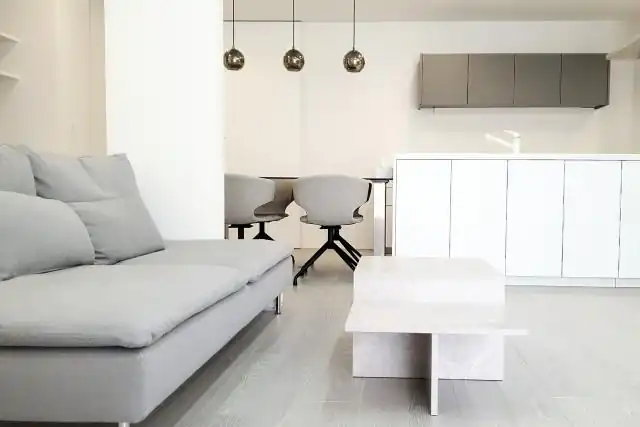
In recent years, SDG initiatives have brought to light the importance of caring for older items and extending their lifespan rather than discarding them. This kind of thinking is being applied to rental properties as well, spurring interest in renovation among both property owners and renters. Even if a property is not considered “shinchiku” or “chikuasa,” you could still live comfortably as long as the space receives regular maintenance and necessary upgrades. By expanding your search parameters and not ruling out older buildings, you could open yourself up to a much wider range of rental options while taking a meaningful part in SDG endeavors.
Village House offers over 1,000 well-maintained rental properties all over Japan. There are no security deposits, key money, renewal fees, or handling fees to worry about, so it’s perfect for those who want to save on upfront costs. If you’re searching for a rental, please feel free to contact us!
*A security deposit may be required in some cases, depending on contract details and tenant screening reports.
Related articles:
- The Pros and Cons of Living in a Wooden Apartment Building – Are Steel and Concrete Buildings Really Better?
- Which Rental Properties Should You Avoid? Watch Out For These 5 Things!
- How to Find an Earthquake-Resistant Apartment: Best Floors and Key Features to Consider
- How to Make an Old Apartment Feel More Modern

Hello, I’m Machiko Doi, a freelance writer who writes about housing and living in Japan.
I live in an 80-year-old house that I inherited from my grandparents along with my two shelter cats and daughter.
We live a relaxed life while repairing the house.
I like to cook vegetables from the garden and fresh fish caught by my father, and enjoy them with cold beer on a hot day or hot sake on a cold day.


